The Meteora is a group of rocks in central Greece that is home to one of the biggest and most steeply constructed complexes of Eastern Orthodox monasteries, second only to Mount Athos in significance. The six monasteries are perched atop massive, rounded boulders that resemble hills and dominate the surrounding area. Cheap flight tickets and budget friendly accommodations are available.
Steps cut into the rock during the 1920s made it much easier to ascend there today. Only six of the 24 monasteries—four for men and two for women—remain in operation and each house less than ten people.
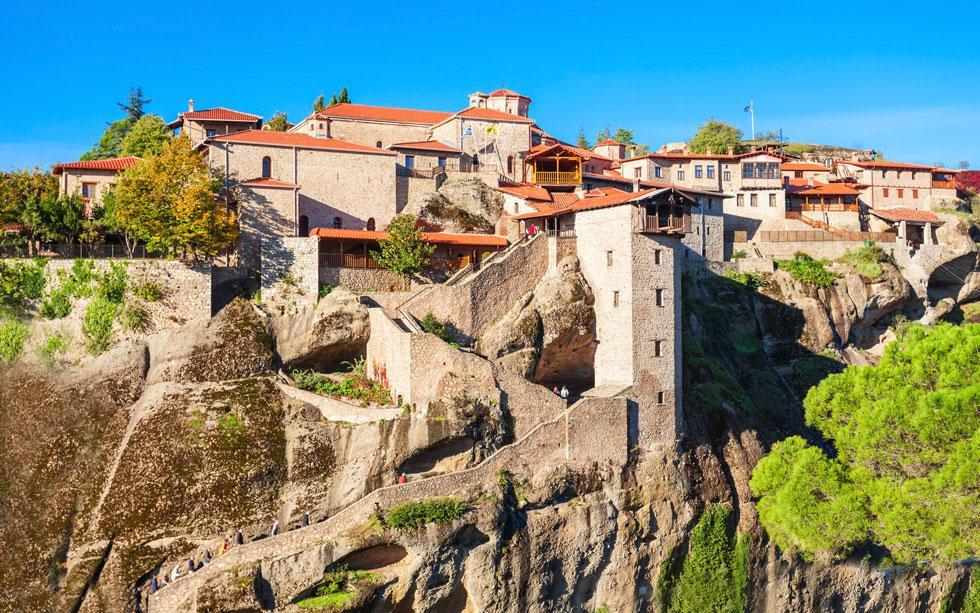
Part of the Meteora monastery complex in Thessaly, central Greece, is the Monastery of Great Meteoron, an Eastern Orthodox monastery. It is perched 415 meters above the floor of the Pineios valley on top of a rock known as Meteora or Platylithos.
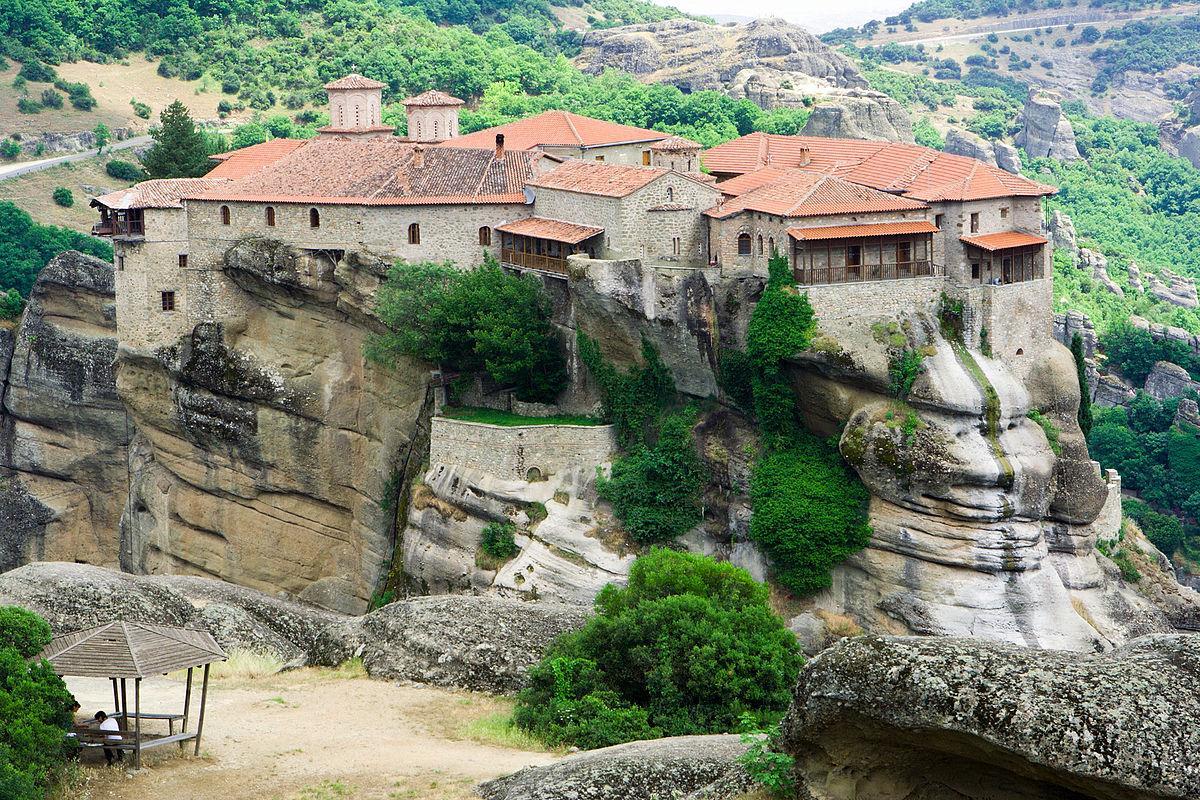
An Eastern Orthodox monastery called the Monastery of St. Varlaam is a part of the Meteora monastery complex in Thessaly, central Greece. It is located 373 meters above the valley floor at the apex of a granite cliff. South of the monastery, beneath it, is where you’ll find the Dragon Cave.
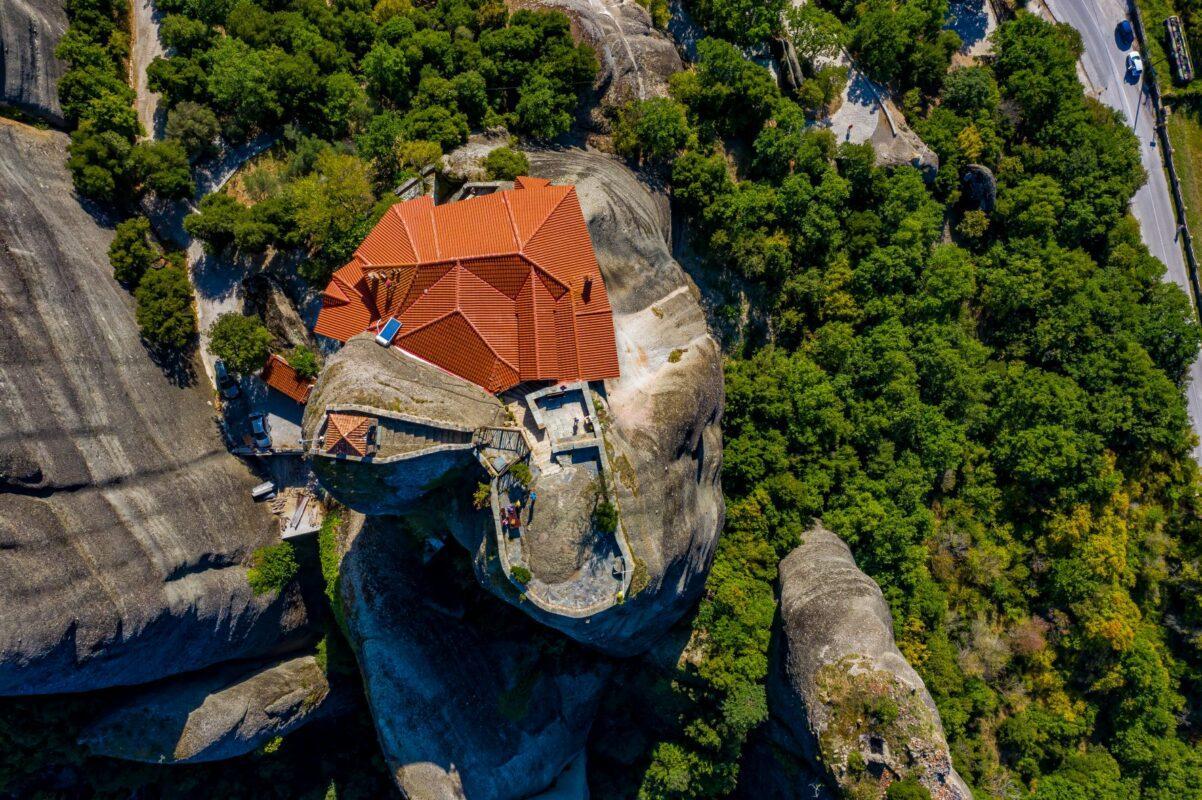
An Eastern Orthodox monastery called the Monastery of St. Nicholas Anapausas is a part of the Meteora monastery complex in Thessaly, central Greece. It is perched at the apex of a steep cliff.
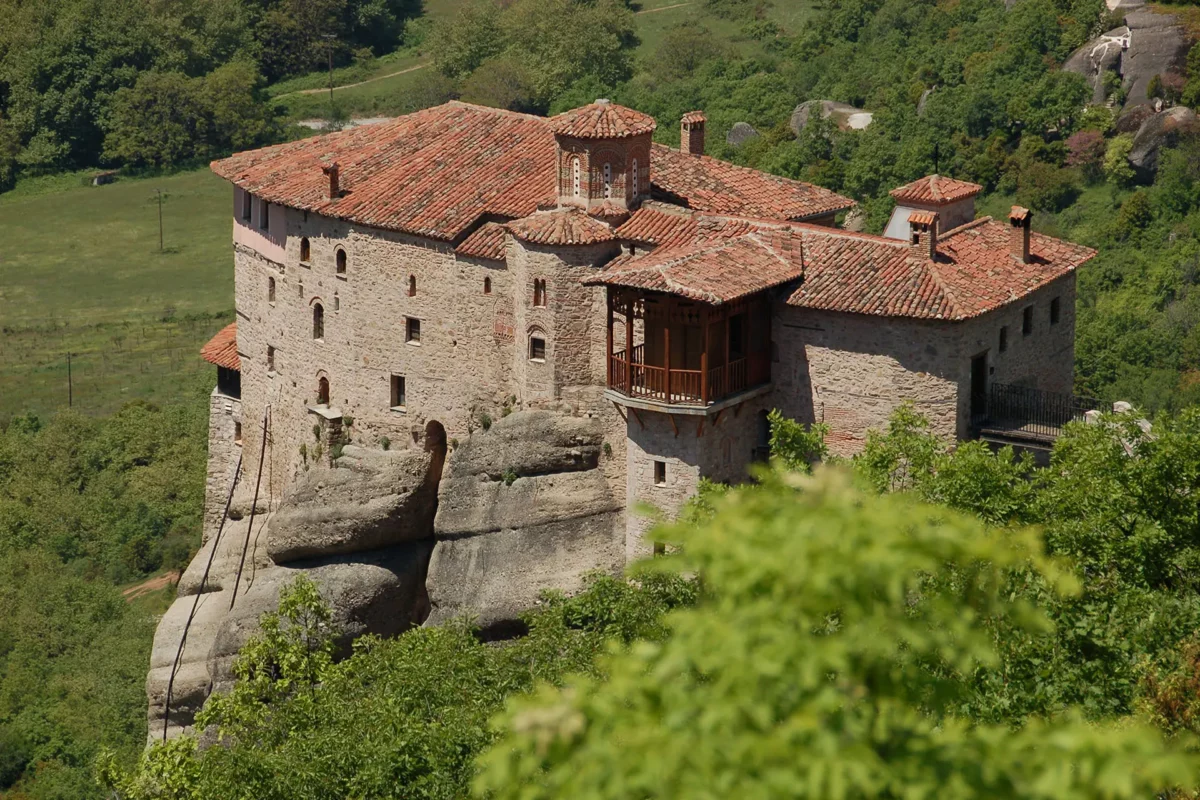
Located in Thessaly, central Greece’s Meteora monastery complex, the Monastery of St. Rousanou is an Eastern Orthodox monastery. It is perched at the apex of a steep cliff. The Psaropetra Viewpoint is situated by the side of a major road southeast of Rousanou Monastery.
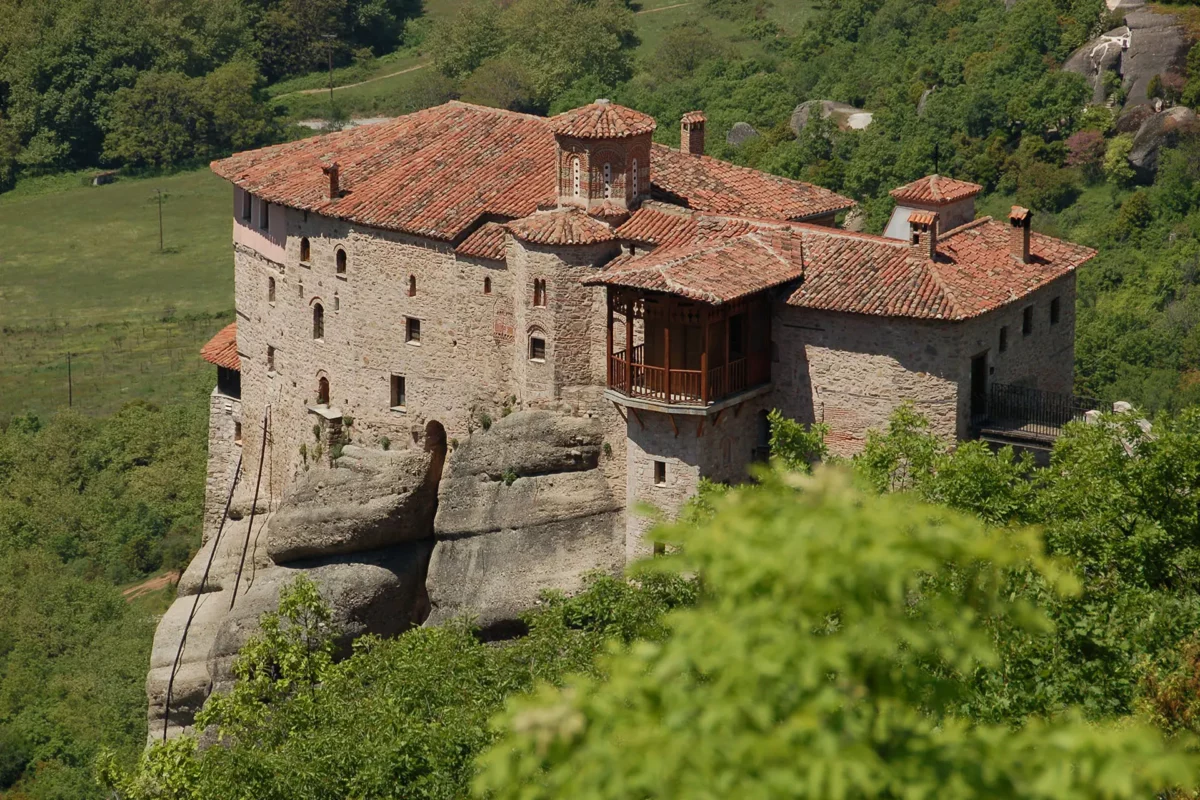
Greek island of Crete, in the Chania regional unit, is home to the Agia Triada Monastery, also known as the Monastery of Agia Triada Tsangarolon. A museum is also located there.

